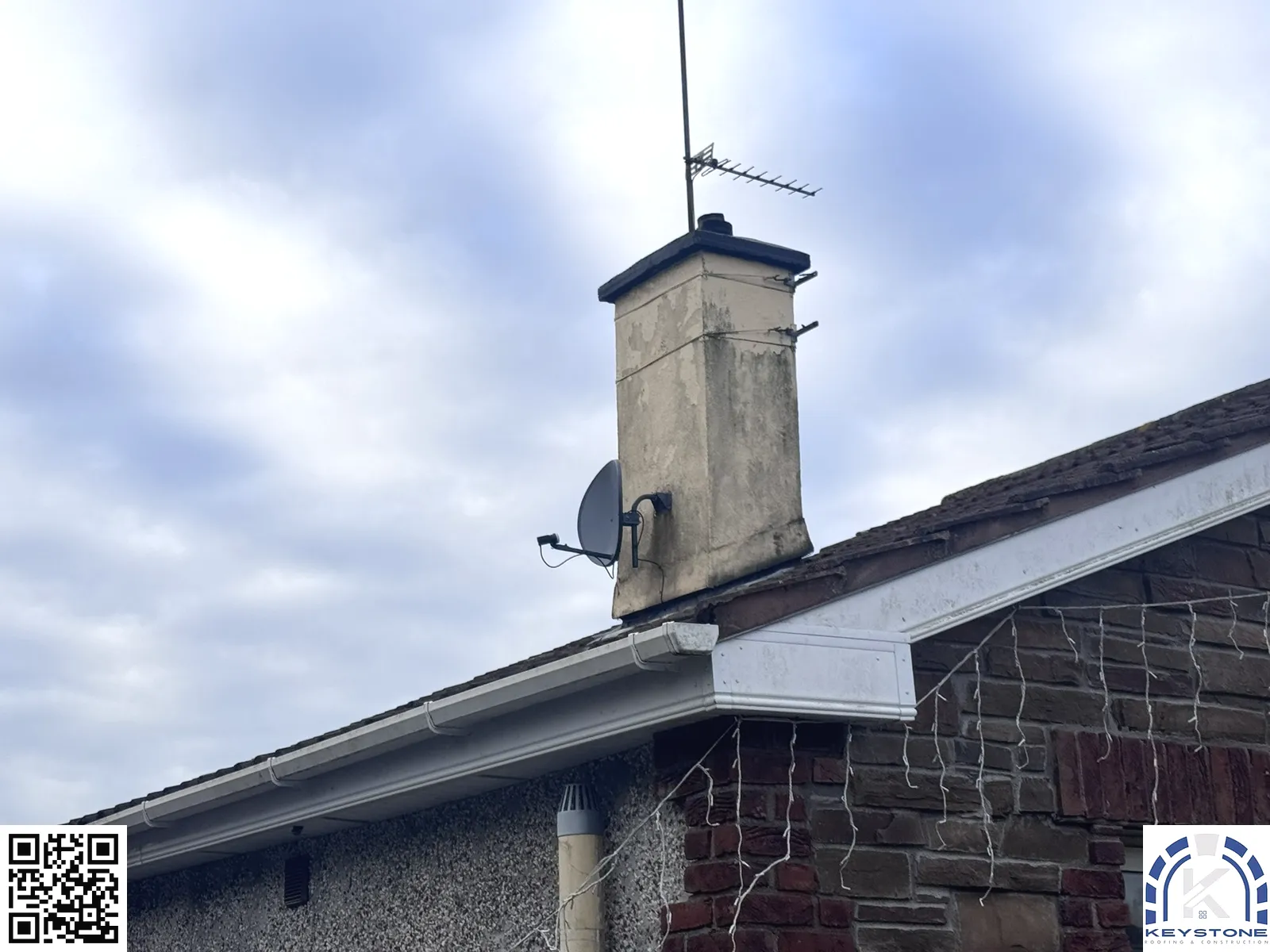Introduction
When the heavens open up and your roof springs a leak, it can feel like a scene straight out of a disaster movie. You might be wondering how you’ll manage the chaos. But fear not! In this detailed guide, we’ll explore everything you need to know about quick fixes for emergency roof repairs with the help of reliable roofers in Cork City. From identifying common roof issues to practical patching techniques, we’ve got your back!
Quick Fixes: How to Emergency Patch a Roof with Roofers in Cork City
Sometimes life throws us curveballs, and roofs are no exception. Whether it’s a storm that has blown through or an unexpected wear and tear, knowing how to patch your roof quickly can save you from further damages. This section lays the groundwork for handling emergency roof repairs effectively.
Understanding Common Roofing Problems
What Are the Most Common Causes of Roof Damage?
Roof damage can stem from various sources:
- Weather Conditions: Heavy rain, snow, wind, or hail. Poor Installation: Subpar roofing materials or installation techniques. Age: Older roofs are more susceptible to leaks and damage.
Knowing these causes can help you understand what might need immediate attention.
How Can I Identify Damage on My Roof?
Keep an eye out for:
- Missing or damaged shingles Water stains on your ceilings Sagging areas on the roof Granules in gutters
Regular inspections will help catch problems early.
Getting Ready for Emergency Repairs
What Tools Do I Need?
Before tackling any repair, gather these essentials:
Ladder Utility knife Roofing cement or sealant Patching material (tarp, shingle pieces) Safety gear (gloves, goggles)Having the right tools makes all the difference!
When Should I Call Professional Roofing Contractors?
If damage is extensive or if you're unsure how to proceed, it's wise to call on professional services. The expertise of local roofing contractors in Cork can save you time and potentially money in long-term repairs.
Temporary vs Permanent Solutions
What’s the Difference Between Temporary and Permanent Fixes?
Temporary fixes are quick solutions meant to hold until professionals can make permanent repairs. For example:
- Using tarp vs replacing shingles
Understanding this distinction is crucial for effective maintenance.
Step-by-Step Guide to Emergency Patching
Step 1: Safety First!
Before climbing up there, make sure you have someone with you for safety purposes and always follow ladder safety guidelines.
Step 2: Assess the Damage
Once you're up there, take a good look around. Identify where water is leaking from and note any other areas that might be problematic.
Step 3: Prepare Your Patching Material
If you’re using a tarp:
trusted roof repair experts cork city Cut it large enough to cover the damaged area. Securely fasten it with weights or tied-down points.If working with shingles:
Remove damaged shingles carefully. Apply roofing cement beneath new shingle pieces before securing them down.Common Patching Materials Needed
| Material | Purpose | |------------------|----------------------------------| | Roofing Cement | Seal cracks and secure patches | | Tarps | Temporary cover for leaks | | Shingles | Replace missing/damaged sections |
Using appropriate materials ensures longevity in your temporary patch!
Preventative Measures Post-Patching
After addressing urgent concerns, here’s what you should do next:
- Schedule regular inspections with local roofing companies in Cork. Clear debris regularly to prevent future damage.
Taking proactive measures helps avoid emergencies down the road.
FAQs
1. How long does an emergency patch last?
Emergency patches can last anywhere from a few weeks to several months depending on weather conditions and materials used.
2. Can I use duct tape as an emergency solution?
While duct tape might work temporarily for very small leaks, it's not recommended as Keystone roofers cork a reliable long-term solution for roofs.
3. Should I wait for sunny weather before repairing my roof?
Yes! It’s best to fix your roof during dry conditions when surfaces are less slippery and easier to work on.

4. Is it safe to walk on my roof?
Only walk on your roof if necessary; use caution as roofs can be steep or slick when wet!
5. What do I do if I can't access my roof?
If climbing onto your roof isn’t feasible due to height or safety concerns, contact experienced local roofers in Cork City immediately.
6. How do I find reputable roofing services in Cork?
Look online for reviews or ask friends/family for recommendations on trusted roofing services in Cork City.
Conclusion
Dealing with a leaky or damaged roof doesn’t have to be overwhelming—especially when you know some quick fixes! While this guide provides valuable insights into emergency patching techniques, remember that calling professional help is paramount when needed. Local experts like reliable roofing contractors ensure that your home remains safe and secure against the elements while providing expert advice tailored just for you!
So next time trouble comes knocking at your rooftop door, you'll be ready! Whether it’s learning about common roofing issues or knowing how to make those emergency patches stick—this guide has got everything covered!